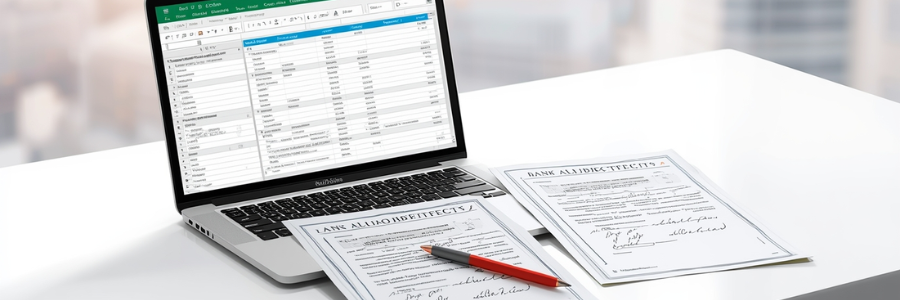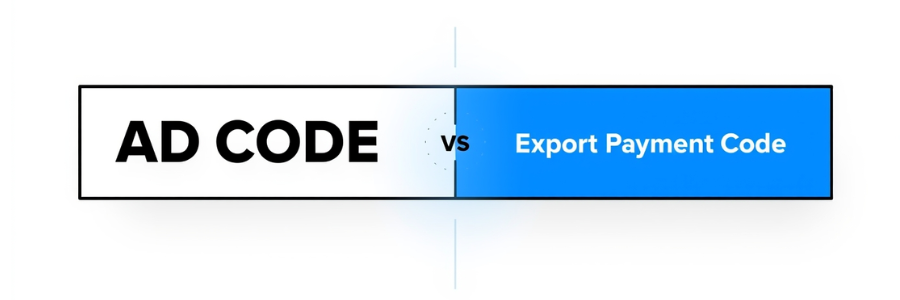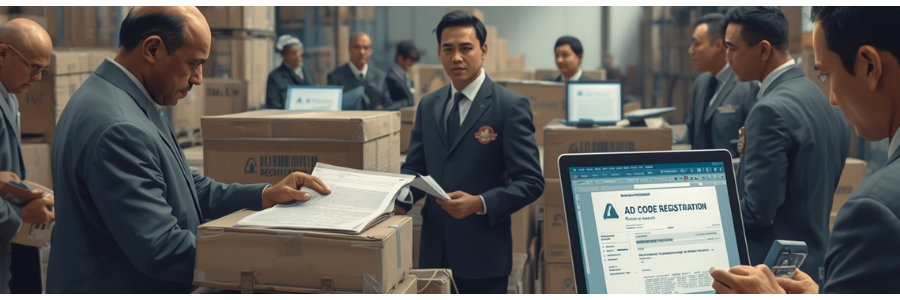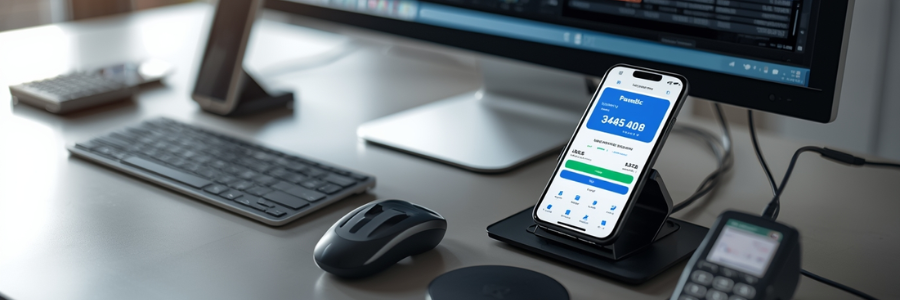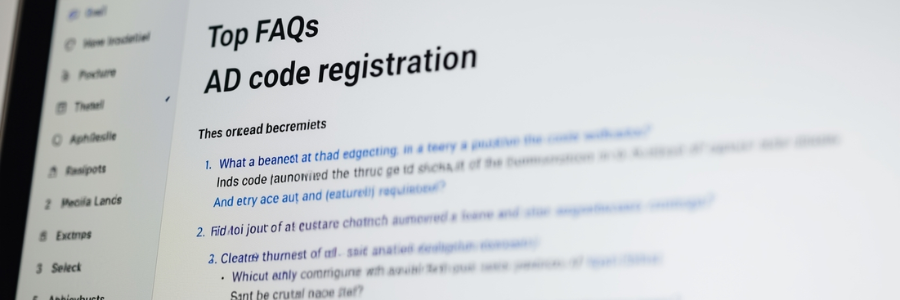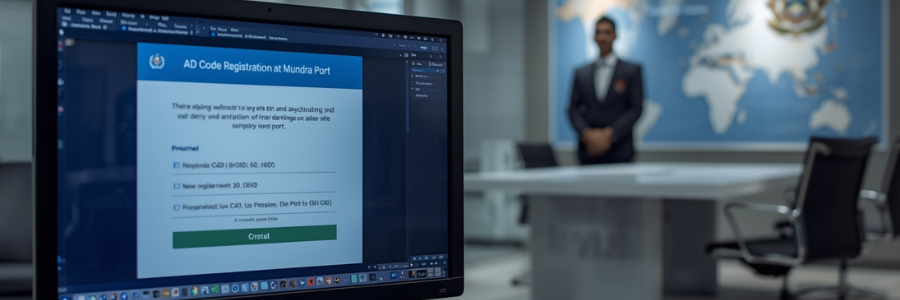How DGFT Approves AD Code Registration Requests?
Introduction
Having smooth communication and transparency between exporters and the Directorate General of Foreign Trade (DGFT) is crucial in India’s export ecosystem. However, one of the most vital and mandatory tasks for exporters is to obtain the DGFT approval for AD code registration. Well, the AD code bank account registration is performed through the ICEGATE portal or the DGFT platform. Nonetheless, it is the understanding of how applications are approved on the portal, the verification steps, and how to complete the approval request that is important. This guide will take you through a review of how DGFT approves AD code requests with verification steps, etc. Read on for everything you need to know in the next section.
1. Understanding DGFT’s Role in Approving AD Codes
The Directorate General of Foreign Trade is the nodal authority in India. The DGFT has the responsibility of controlling all export and import transactions. In addition, it also implements the policy frameworks and manages trade authorization. Meanwhile, DGFT doesn’t follow the simple rubber-stamp procedure for the approval of the AD code request. There is a structured design on the DGFT portal to ensure that codes comply with genuine export operations. The multi-step approval phases are vital to avoid illicit activities and protect the trade system from unwanted activities. The portal ensures that only compliant exporters link their AD code to the designated port. Before the DGFT online approval for exporters’ AD code, the portal ensures the accuracy of the submitted application via its automated and manual checks. The process includes:
A. Preliminary Validation and Data Alignment
Upon successful AD code application submission, DGFT’s digital infrastructure automatically starts the background procedure. It marks the primary step in the DGFT approval process, AD code registration for export. This is the initial phase where the system of DGFT verifies the submitted documents’ details. It further verifies the applicant’s bank details. Through cross-verification, it helps to ensure the authenticity of the exporter’s trade and financial status. The primary layer of the DGFT online portal ensures that application details align with all regulatory records of the applicant.
B. Confirmation by the Regional DGFT Office
Once all databases of the documents align with regulatory records, the application is submitted to the jurisdictional Regional Authority (RA) of DGFT. Here, all information is checked at a human oversight level. At the DGFT’s regional office, the official checks and ensures that the bank branch name is written on the AD code letter. As each port has its own set of rules and operational methods, DGFT uses the exporter’s AD code to adhere accurately to the port’s requirements.
C. Digital Verification and Internal Review Mechanism
The approval mechanism on DGFT is not entirely manual but involves digital certification. Since the standards-based IT-driven validation has been implemented, the system uses automated features to verify the application. These tools ensure application accuracy with other regulatory set guidelines.
For example, the system verifies whether the exporter’s IEC number is active or not, whether a penalty is imposed by DGFT or not, and ensures the previous AD code records.
Through the digital verification, the errors that were made manually are reduced a lot and accelerate the
D. Officer-Level Analysis and Approval Recommendation
The steps DGFT takes for AD code approval become the central part of this stage. The officers of DGFT verify and review, raise queries, or clear applications. It is helpful to ensure that all application queries adhere to DGFT’s set norms. The internal evaluation might be conducted by the officers to ensure the legitimacy of the exporter’s financial institutions. They verify that the exporter’s IFSC details and link to the right port. If no queries are raised by the DGFT officers, the AD code registration and a customs request will be endorsed, allowing the activation of the profile on the ICEGATE portal. However, applicants are required to fulfill the additional clarifications. To that end, the officers may reach out to you at the registered contact number or email ID.
E. Confirmation Approval and System Update
The exporter’s AD code status will be automatically updated on the ICEGATE portal after successful request approval by DGFT. The DGFT approval timeline for the AD code varies depending on the complexities and document accuracy. The accuracy and completeness of documents reduces the processing time, which is completed within a few working days.
Then, once you apply for the AD code request approval, you’ll have a notification sent the applicant consisting of the approval notification status. In the notification, the exporter will be notified of the approved status and proceed with exporting goods.
F. Routine oversight and periodic review
In addition to AD code approval, DGFT will perform ongoing oversight and will help deter the misuse of an AD code or the use of a prepared duplicate AD Code submission. The regular verification audit ensures that each Authorized Dealer (AD) code remains active for only those who comply with DGFT’s norms. DGFT teams up with the customs authority and the Indian banking system. Their collective efforts are used for tracking foreign exchange transactions.
For example, if there is any mistake with the IEC number or bank transactions, the AD code will be temporarily closed or re-verified.
2. Timelines and Factors that Influence DGFT Approval
DGFT itself is a digital platform that was established to streamline the AD code registration process. However, the approval timeline for the AD code is based on many factors, such as
- Submitted Data Accuracy: The application submitted for approval and the submitted documents must be accurate and complete. The information of the application should be matched to the exporter’s current bank account and IEC details.
- Bank and Port Coordination: The correct link between the designated port and the exporter’s authorized dealer bank account plays a vital role in reducing the processing timeline. It further impacts the approval timeline for the AD code.
- Manual Details Verification: In case the DGFT officers want to check the details, they will request a manual review of requirements, which can impact the approval timeline.
3. Final Discussion | DGFT Approves AD Code Registration Request
The DGFT’s multi-step application element is there to continually manage the Indian export ecosystem as a guard against unwanted activities. By getting the primary approval from DGFT (Directorate General of Foreign Trade), the exporters can activate their foreign trade activities. Through the DGFT AD code registration approval, export businesses can file a shipping bill on ICEGATE. Apart from it, for the direct credit of export incentives, the link of the bank account to the customs system is crucial. For more details, visit the LegalRaasta.com website.
4. Frequently Asked Questions Related to AD Code Registration Verification by DGFT
- How can I obtain the AD code letter?
Ans. To obtain the AD (Authorized Dealer) code, visit your current bank branch. Write a formal letter to your branch manager to request for issue the A code letter be issued. After approval and verification upon request, the bank of the authorized RBI will issue the code letter on its letterhead.
- What is the processing time to register the AD Code on ICEGATE?
Ans. The process on the ICEGATE portal typically takes 3-5 working days. However, the timeline can be increased, depending on the document’s accuracy and completeness, including approval by the customs authority.
- What are the requirements for AD code registration on ICEGATE?
Ans. The process on ICEGATE is generally 3-5 working days. If the documentation is inaccurate or incomplete, including approval by the customs authority, the process can take longer
- Is an AD code permanent?
Ans. Yes, the authorized dealer code has lifetime validity. It doesn’t require renewal. However, in specific details changes, the re-registration is mandatory.
- How can I modify the bank account details associated with the AD code?
Ans. For any modification, contact the same port where you initially registered the AD code. The process will be performed on the ICEGATE portal through the “Modify Account” option.


